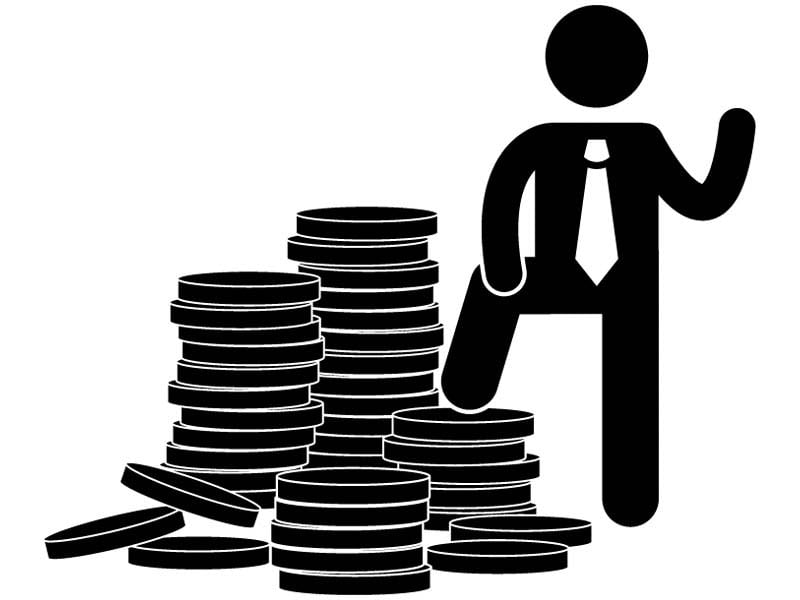
The recent coverage in several newspapers has drawn attention to a familiar theme from Oxfam: the growing global wealth inequality. According to their latest press release, the top 1% has accumulated over $40 trillion in new wealth over the last decade.
To many, these figures sound appalling, especially if one assumes that wealth is a zero-sum game – where one person's gain means another's loss. The discourse on wealth inequality often gets bogged down by sensational figures and superficial comparisons, leading to a polarised view that overlooks the complexities of how wealth is generated and distributed.
The key question that is frequently overlooked is: how was that wealth actually generated? The reality is that much of this new wealth didn't come from plundering existing resources. Instead, it was generated by the very people now being demonized – the innovators and entrepreneurs.
Consider individuals like Jeff Bezos, Elon Musk, and Bill Gates. These men didn't merely accumulate wealth; they transformed industries, created jobs and developed products that improved the quality of life for billions around the world. Their contributions were particularly visible during the Covid-19 pandemic, when their technological platforms enabled billions of people to work remotely, stay connected and access essentials during lockdowns.
In fact, a study by Yale economist Dr William Nordhaus reveals that innovators typically capture only a tiny fraction – about 2.2% – of the financial gains from their own innovations. The rest goes to consumers. This sheds light on the broader social impact of wealth creation.
While Bezos, Musk and Gates profited, the real beneficiaries are society. Consumers enjoy lower prices, improved technology and more efficient services that boost productivity.
However, the public discourse often confuses income inequality with poverty. These are not the same thing. Income inequality can rise even as poverty decreases. The accumulation of wealth by the richest does not automatically mean that the poor are getting poorer.
Many of today's billionaires didn't inherit their wealth – they earned it. Furthermore, the top 1% is not a static club. New people enter, old ones fall out. Many of those now at the top started from humble beginnings.
In the Western world, the stories of people who began their careers with low-wage jobs and eventually climbed to the top are not uncommon. But Pakistan's situation is markedly different. The reasons behind wealth inequality in Pakistan diverge from those in developed countries.
There are two types of inequality: good and bad. The bad kind arises when wealth is acquired not through innovation or hard work, but by using political influence and securing government favours. Pakistan is rife with such examples.
Take, for instance, the recent plea of textile millers. They urged the government to act quickly to take advantage of political turmoil in Bangladesh's textile sector, asking for subsidies on energy tariffs to secure foreign orders.
This is not a new request; the demand for subsidies has persisted for years and they have been receiving them. What they are really asking for is government intervention – yet again – to get favours and transfer wealth from the public to themselves.
The problem with government intervention is that it is never free. When the government creates a special privilege for one group, it simultaneously creates a disadvantage for another.
In the two fiscal years, FY22 and FY23 alone, the industrial sector received Rs268 billion in energy subsidies, all funded by taxpayers – this at a time when inflation was already hitting the ordinary citizens hard.
This is in addition to the Rs436 billion in concessionary loans provided by the State Bank of Pakistan, at much lower interest rates compared to the policy rate, through its Temporary Economic Refinance Facility (TERF) a year earlier.
The biggest beneficiary of TERF has been the textile sector. The result? The general public ends up financing these industries from their expansions to daily operations. And yet, whenever a new opportunity arises, the call for government intervention grows louder.
On the other hand, good inequality exists when entrepreneurs are rewarded by the market for creating products or services that improve people's lives. This type of inequality is rooted in free competition, where there are no arbitrary barriers preventing individuals or businesses from pursuing success.
When people are free to innovate and take risks, wealth is created in ways that benefit society as a whole.
Consider companies like Daraz, Foodpanda and Bykea in Pakistan. These firms have revolutionised their sectors by addressing market needs with innovative services, reaching millions of consumers.
They invested heavily, often operating at a loss to grow, and secured market share – all without depending on government subsidies or special privileges. Their efforts have significantly benefited society by enhancing access to services and driving economic activity.
The debate over wealth inequality needs to move beyond raw numbers. We must examine the sources and nature of inequality. There is, indeed, a distinction between good and bad inequality.
Good inequality stems from entrepreneurial innovation that benefits consumers, while bad inequality arises when political pull is used to transfer wealth. Understanding this distinction is the key to any meaningful discussion about wealth distribution.
The writer is affiliated with the Policy Research Institute of Market Economy as a fellow

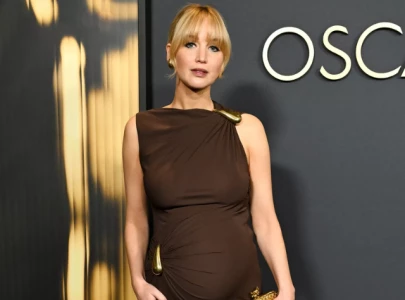

1732085354-0/insta-(1)1732085354-0-165x106.webp)

1725366721-0/kyle-(1)1725366721-0-165x106.webp)
1732084432-0/Untitled-design-(63)1732084432-0-270x192.webp)
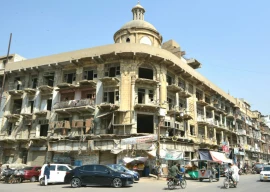

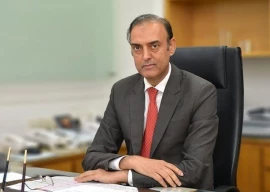
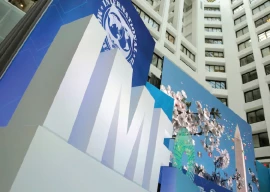







COMMENTS
Comments are moderated and generally will be posted if they are on-topic and not abusive.
For more information, please see our Comments FAQ